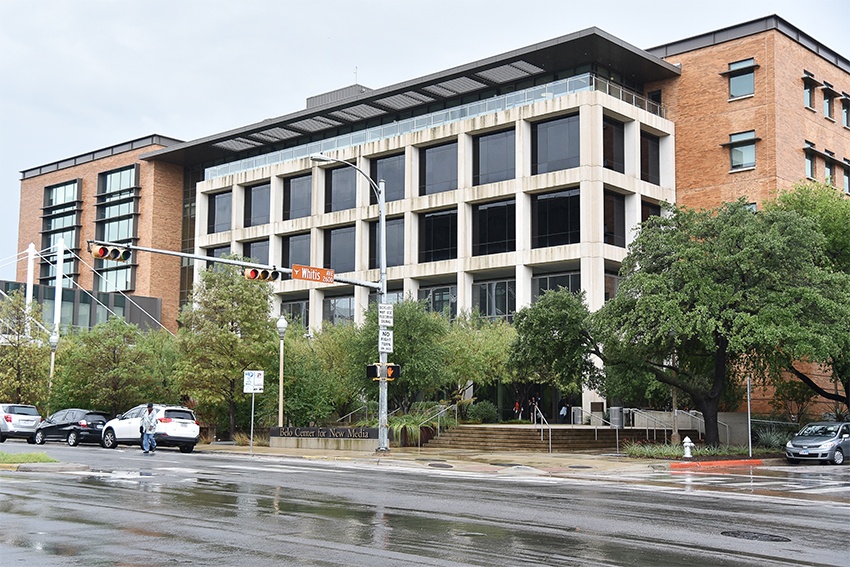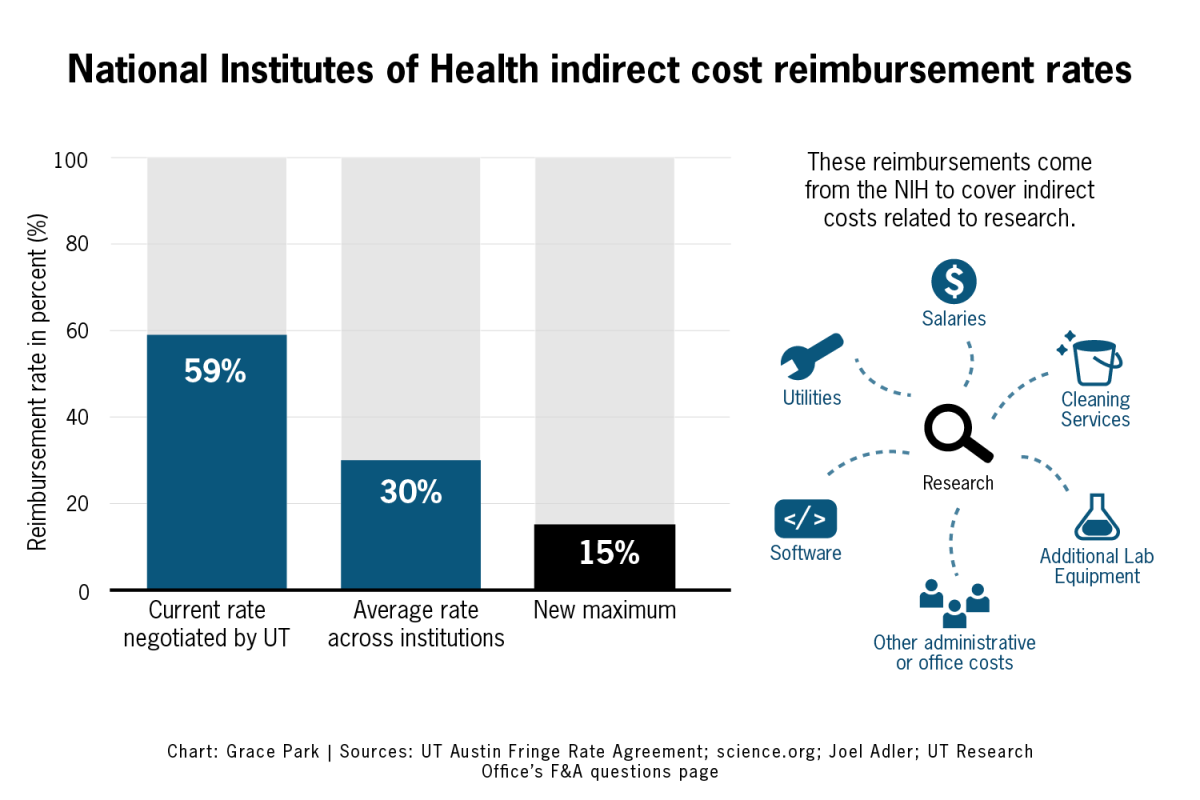In an attempt to expand sustainability efforts around campus, students will be charged a $5 “green fee” beginning in the fall of 2011, a measure approved by a University-wide vote in March and the Board of Regents earlier this month.
The Campus Environmental Center and UT Sustainability offices can move forward with plans to establish the Green Fund Committee and green fee after the Aug. 13 approval of the fee, a measure that Campus Environmental Center co-director Rachel Aitkens said was the last road block before work on the project could truly begin. Students overwhelmingly approved the Green Fund Referendum in the campus-wide general elections in March.
“Once the students voted on it in the spring, that wasn’t a final say, the regents had to also say ‘yes.’” Aitkens said. “But since students voted on it, the Board of Regents wouldn’t have said, ‘No,’ unless there was something major that they saw that maybe students didn’t. It was the last little hurdle we needed to get over before we could start putting the fee out there, and now we can start collecting money for the fund.”
The board also approved green fees at UT-El Paso and UT-San Antonio. Texas A&M University’s Board of Regents approved the school’s fee in June.
To get the UT-Austin Green Fund off the ground, the center must meet with Student Government and Graduate Student Assembly officials to determine how to solicit applications for the student-majority committee that will control the fund. Passage of an SG resolution in the spring confirmed that the committee will include two representatives appointed by SG, one appointed by GSA, one appointed by the center and two at-large representatives.
The three groups haven’t yet begun recruiting for the committee, Aitkens said, but their goal is to have a sitting committee in place this semester to start establishing bylaws and determine how the fund and committee will operate.
All funds allocated by the committee will go to projects created by UT students, faculty and staff, including everything from research and internships to retro-fitting and waste and energy audits, Aitkens said.
“We have a lot of really great ideas coming from students but the CEC doesn’t have the capacity to support them all,” she said. “This fund still won’t be sufficient for a lot of long-term projects that would have to be taken on by the University. It’s really well suited to smaller projects and projects that students will be able to run.”
Now is a good time for students to begin drafting proposals to request money from the committee, because such projects will require research and planning to be successful, said Jim Walker, UT-Austin’s director of sustainability.
“If you’re a student coming on campus starting next fall, there is going to be a pretty significant revenue stream dedicated towards environmental services projects, and that’s something to be excited about. Students should start thinking about the kinds of things they want to see as they take ownership of campus so that when the green fee really starts there are already ideas.”
It is a goal of the UT-Austin chapter of ReEnergize Texas, the organization that lobbied for the legislature to enable schools to create such funds, to make green funds more common at schools throughout the state, said Jacob Bintliff, the former director of the organization, in the spring.
“Upon reviewing the history and background material with respect to each of the proposed green fees at the UT-Austin, UT-San Antonio and UT-El Paso, the board approved the fees,” said UT System spokesman Anthony de Bruyn. “Other UT campuses wishing to adopt similar green fees are required to follow this same process.”



















